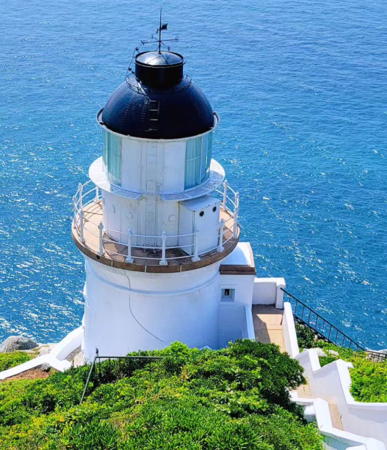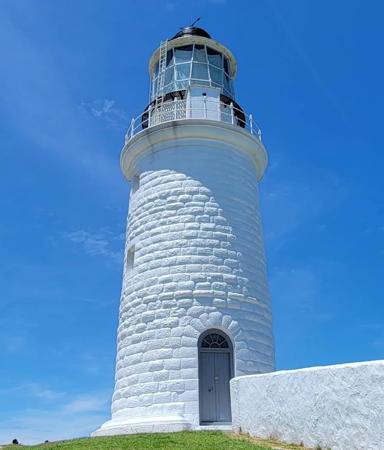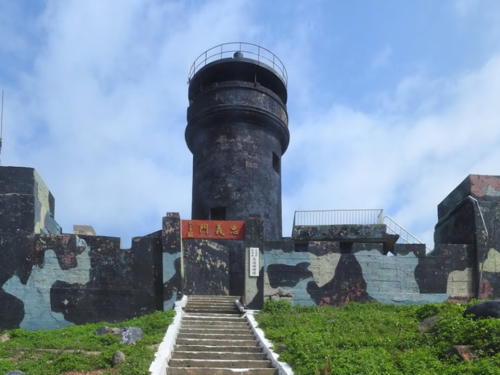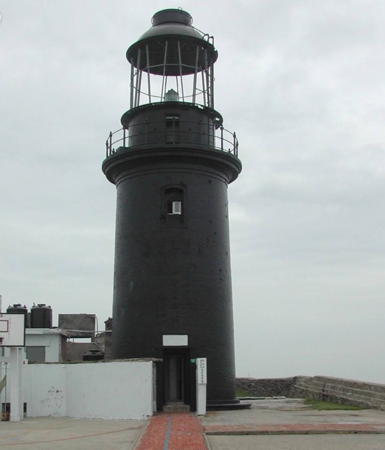In 1949 the withdrawal of Nationalist forces from mainland China led to a new governmental separation between Taiwan and the mainland, with the Nationalist government, the Republic of China (Zhōnghuá Mínguó, 中華民國), on Taiwan and the Communist government (the People's Republic of China) on the mainland. This separation continues to the present day. After leaving the mainland Nationalist forces remained in occupation of two groups of strategically placed islands close to the mainland coast opposite Taiwan. The Matsu Islands lie off the mainland port of Fuzhou and the Kinmen Islands lie off the port of Xiamen (formerly called Amoy). Kinmen is called Jīnmén on the mainland and Westerners formerly knew it as Quemoy ("Quemoy" is Westernized from the islands' name Kim-mûi in the Southern Min dialect spoken on this coast.)
Although Matsu and Kinmen continue to be governed from Taiwan, these islands historically were part of the mainland province of Fujian (Fukien) and not part of Taiwan province. For many years the islands were on the front lines of the Cold War, but tensions have relaxed somewhat. Outside the military bases Matsu and Kinmen are open to tourism, including tourists from the mainland.
Lighthouses in Taiwan are operated by the Maritime and Port Bureau. The Bureau has adopted a program to restore and develop the light stations as tourist attractions.
There are many languages and dialects spoken in China, but Standard Chinese, often called Mandarin, is the primary language in Taiwan as it is on the mainland. The Chinese word for a lighthouse is dēngtǎ (灯塔). Jiao or chiao is a cape, dao, tao, yu, or hsu is an island, wan is a bay, and kang or gang is a harbor. Due to competing systems for transliterating Chinese into Latin characters there are always several possible spellings for the names of places in China. The Wade-Giles system was in use in Taiwan for many years, but at the beginning of 2009 the Pinyin system used on the mainland became the standard in Taiwan as well. At the present time most place names in Taiwan are still known under their Wade-Giles spellings.
ARLHS numbers are from the ARLHS World List of Lights. Admiralty numbers are from volume P of the Admiralty List of Lights & Fog Signals. U.S. NGA List numbers are from Publication 112.
- General Sources
- Lighthouses in Taiwan
- Wikipedia checklist, useful for its Pinyin spellings.
- Lighthouses in Taiwan
- Photos by various photographers available from Wikimedia.
- Online List of Lights - China
- Photos by various photographers posted by Alexander Trabas.
- Leuchttürme auf Briefmarken
- Postage stamp images posted by Klaus Huelse.

Dongyin Light, Matsu, August 2023
Instagram photo by Allen Whang


